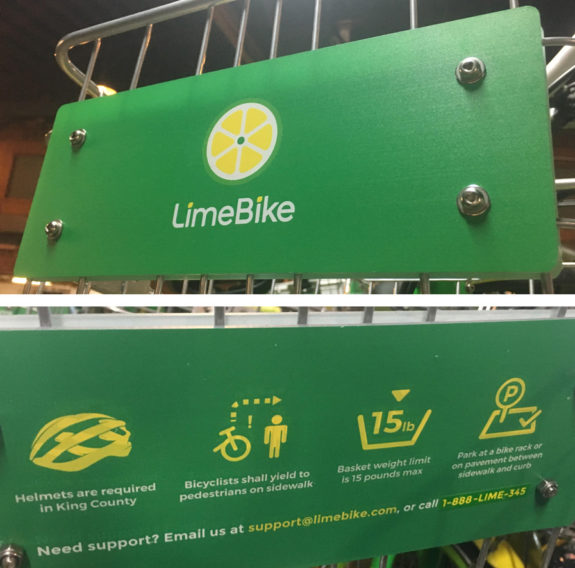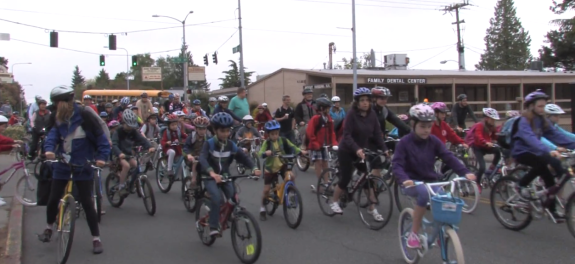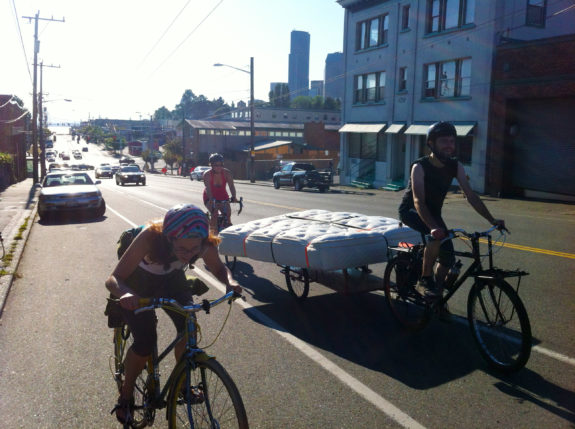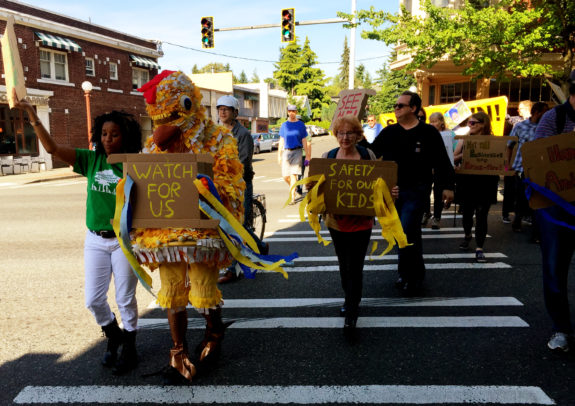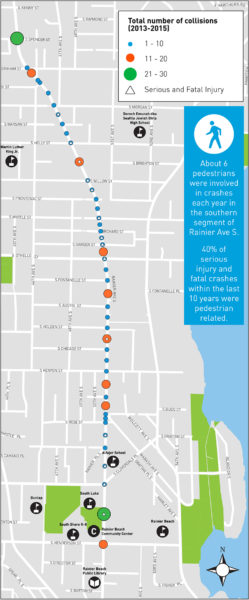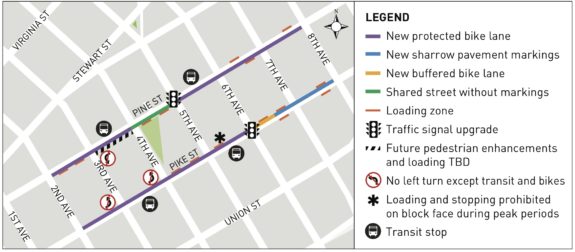See our Seattle Bike Share Guide for an updated FAQ about bike share in Seattle as well as links to download active companies’ apps and a guide to properly parking your bike share bike.
The bike share cap has increased again. As of today, the city’s pilot permit allows companies to operate 2,000 bikes on Seattle streets, double the current level.
But don’t expect an immediate boom in bike numbers. Since launching in July, both Spin and LimeBike have been adding bikes gradually on an ongoing basis. ofo has also been adding bikes gradually since launching in August.
None of the companies have yet announced a surge in new bikes like when they first launched, though all have said they will continue working toward the city’s caps. The effect it that every day, bike share in Seattle gets just a little bit more useful.
In another month, the caps on bike share companies will be lifted entirely. But so far none of the companies seem eager to increase the bikes on the ground too suddenly.
LimeBike won’t be adding new bikes for another week or so, Seattle General Manager Dan Stone said. The company is about a week away from launching their updated bike, which includes a slightly updated look and clearer instructions on how to ride safety and park their bikes correctly:
